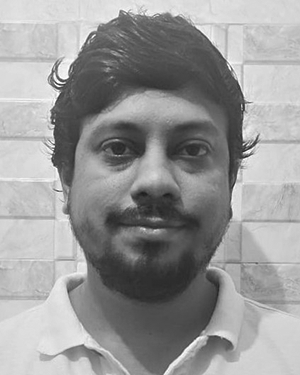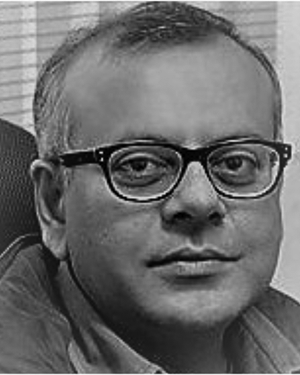Parthasarathi Sensarma (Senior Member, IEEE) received the B.E.E. degree in electrical engineering from Jadavpur University, Kolkata, India, in 1990, the M.Tech. degree in electrical engineering from the Indian Institute of Technology (IIT) Kharagpur, Kharagpur, India, in 1992, and the Ph.D. degree in electrical engineering from the Indian Institute of Science Bangalore, Bangalore, India, in 2001.
He had held positions with Bharat Bijlee, Ltd., Thane, India; CESC, Ltd., Kolkata, India; and ABB Corporate Research, Baden-Daettwil, Switzerland, where he was a Scientist with the Power Electronics Department. Since 2002, he has been with the Department of Electrical Engineering, IIT Kanpur, Kanpur, India, where he is currently a Professor and teaches courses on power electronics and electrical engineering. His research interests include electrical machines and drives, power quality, flexible ac transmission system devices, power converters, and renewable energy integration.
Parthasarathi Sensarma (Senior Member, IEEE) received the B.E.E. degree in electrical engineering from Jadavpur University, Kolkata, India, in 1990, the M.Tech. degree in electrical engineering from the Indian Institute of Technology (IIT) Kharagpur, Kharagpur, India, in 1992, and the Ph.D. degree in electrical engineering from the Indian Institute of Science Bangalore, Bangalore, India, in 2001.
He had held positions with Bharat Bijlee, Ltd., Thane, India; CESC, Ltd., Kolkata, India; and ABB Corporate Research, Baden-Daettwil, Switzerland, where he was a Scientist with the Power Electronics Department. Since 2002, he has been with the Department of Electrical Engineering, IIT Kanpur, Kanpur, India, where he is currently a Professor and teaches courses on power electronics and electrical engineering. His research interests include electrical machines and drives, power quality, flexible ac transmission system devices, power converters, and renewable energy integration.View more 



